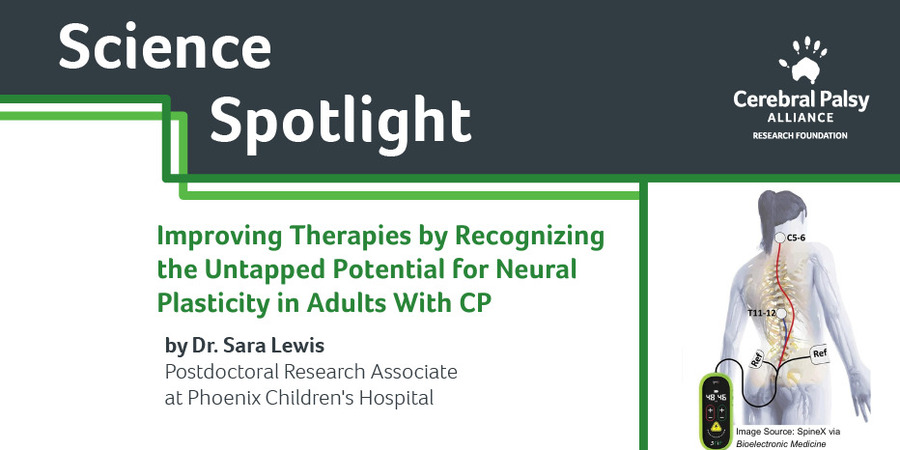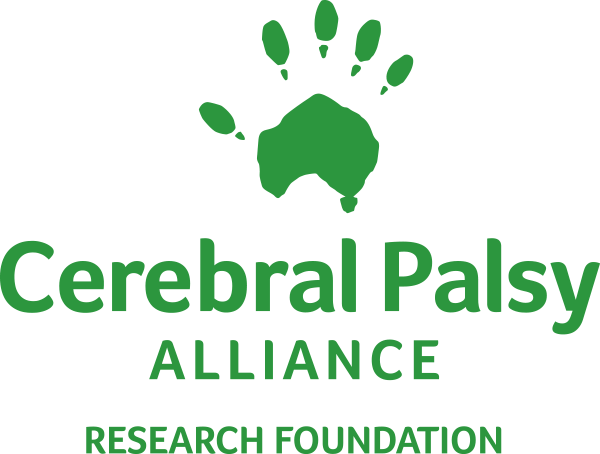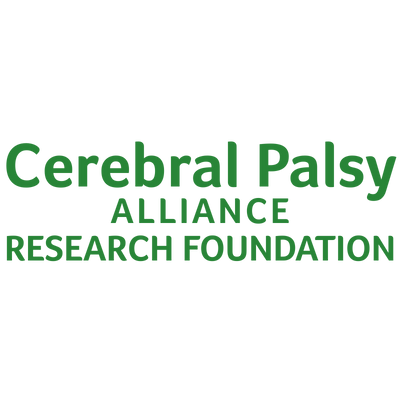
Science Spotlight: Improving Therapies by Recognizing the Untapped Potential for Neural Plasticity in Adults With CP
By Sara Lewis
Neural plasticity is the ability to remodel or change the strength and responsiveness of desired connections in the brain. For a long time, the assumption has been that adults might not receive the same benefits from approaches that utilized neural plasticity. This is because of research on critical periods, or times during development when neuron circuits are most able to adapt, learn new skills, or recover from an injury. For instance, younger adults often have better recovery from a stroke because of an increased ability to regrow new connections.
Another assumption has been that neuroplasticity is largely restricted to the brain. However, research into spinal cord injuries has illustrated that neuroplasticity is possible in the spinal cord, particularly if enhanced by electrical stimulation.
Adults with CP often struggle to find treatments or therapies that work for them, and they encounter additional challenges that arise with aging. But there is hope on the horizon. SpineX is investigating neuromodulation paired with physical therapy to improve neural plasticity and voluntary movement control in children with CP. Recently, SpineX also announced the study of a 60-year-old woman with CP who underwent eight weeks of physical therapy paired with spinal cord electrical stimulation (SpineX’s SCiP™ therapy).
This approach appears to be highly beneficial, with improvements observed and experienced in several types of movements and in activities of daily living. These improvements were still present 20 weeks after therapy, indicating long-term positive change. The study participant also reported increased energy levels and better sleep quality as a result of her improved motor control.
This type of approach provides much needed therapies for adults with CP. It also pushes us to let go of potentially limiting assumptions around positive neurological change and age — and to reimagine what’s feasible, both for adults with CP and for spinal circuitry.

Resources:
https://bioelecmed.biomedcentral.com/articles/10.1186/s42234-023-00133-2
Mon 08 Sep 2025
We’re proud to share that CPARF’s 2025 Remarkable US Accelerator cohort kicks off this week! This program supports disability-focused startups that are developing cutting-edge assistive technology.
Wed 21 May 2025
We’re officially in double digits — CPARF is celebrating 10 years of funding groundbreaking cerebral palsy research and driving innovation forward. And there’s no better way to mark this milestone than with our biggest, boldest STEPtember yet.



